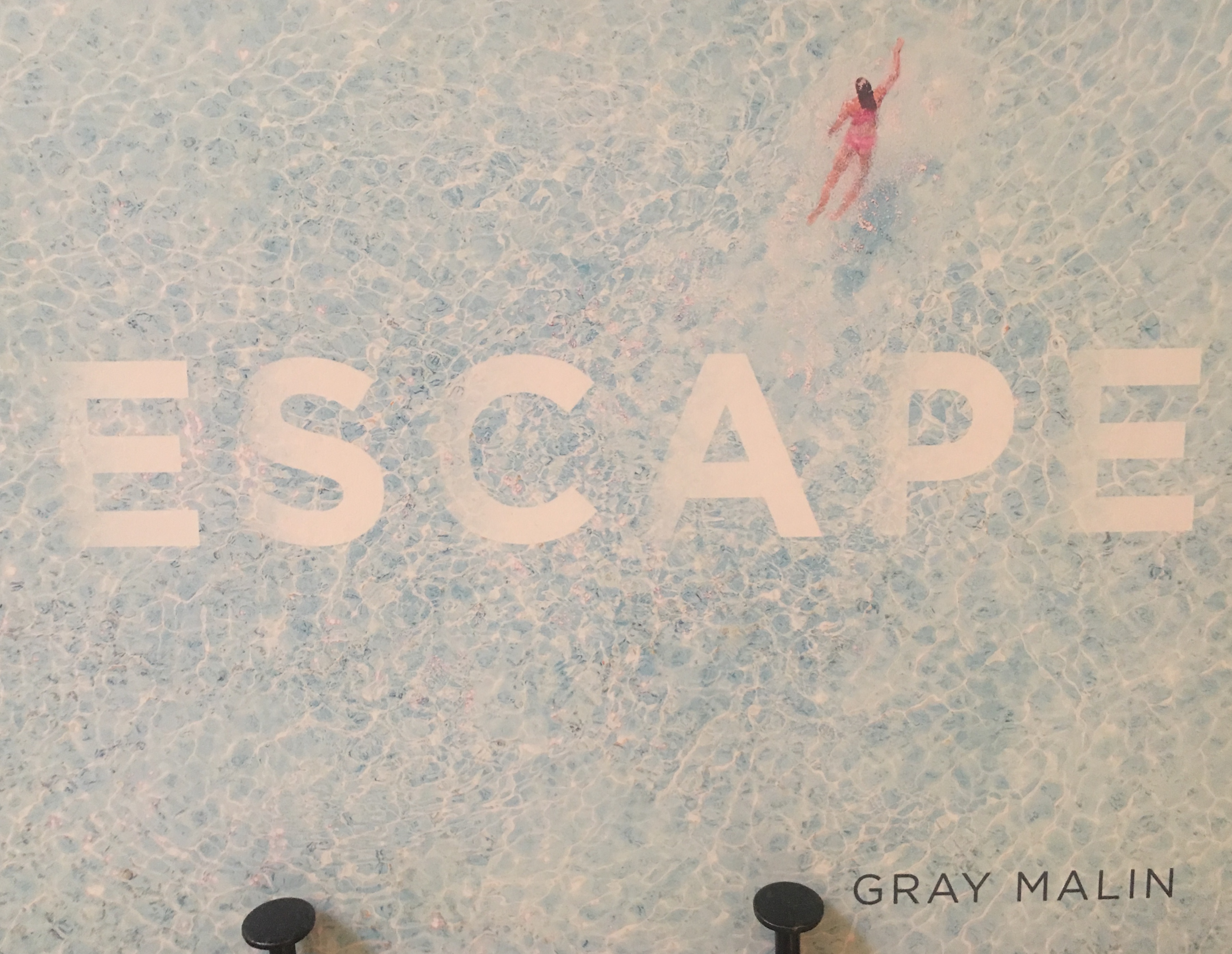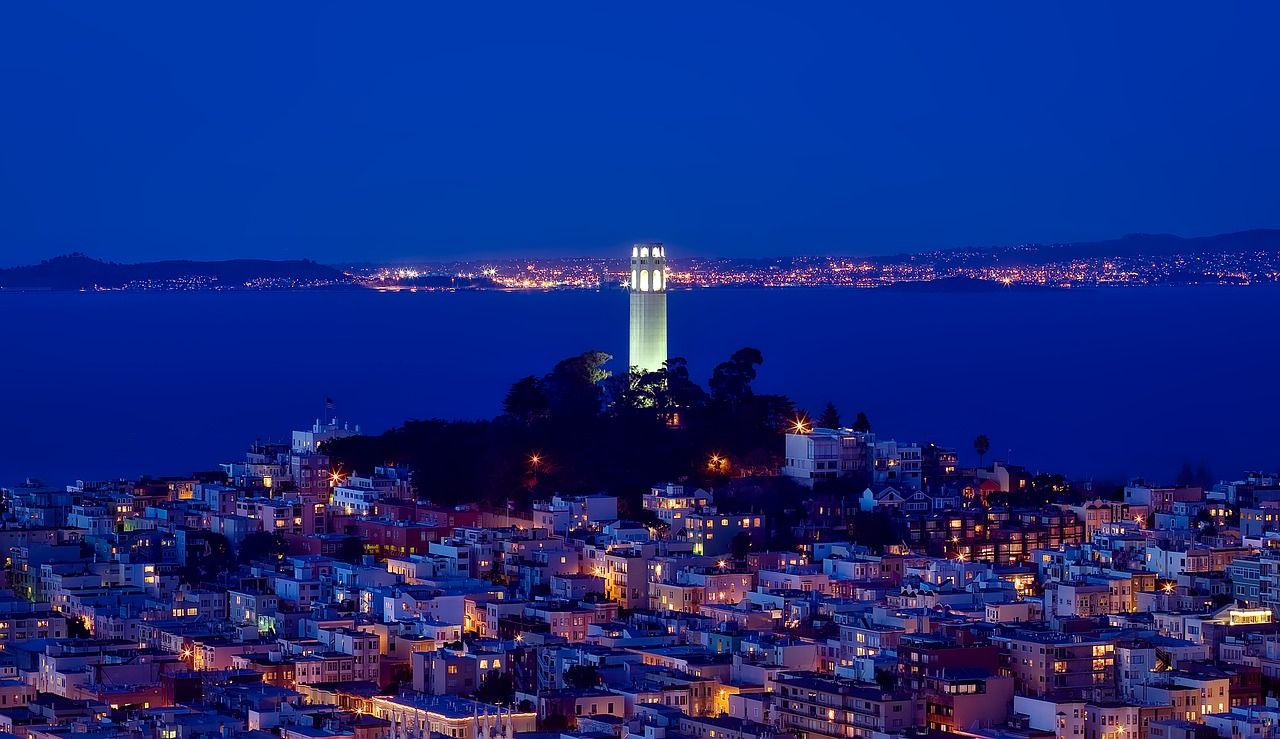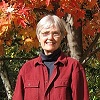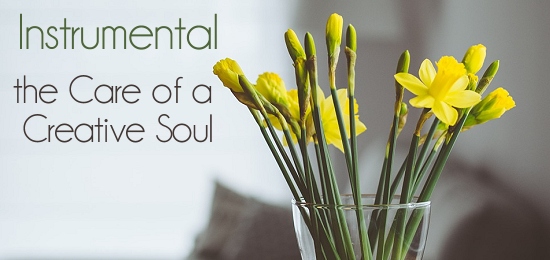
After watching season one of the Netflix series Grace and Frankie, I knew I wanted my mom to watch this show. What I didn’t initially realize was how much I needed her to watch it with me.
If you’re not familiar with the show, Grace and Frankie stars Jane Fonda (Grace) and Lily Tomlin (Frankie) as wives whose husbands each ask the women for divorces, so they can marry each other. (The husbands, by the way, are played by Martin Sheen and Sam Waterston). While it’s absolutely a contemporary situational comedy, the show handles topics that are perfectly relevant to my 70-something mother who got divorced after 30 years of marriage. While her divorce was for different reasons than those of the characters on the show, and while many details are different, it’s the emotions, and the conflicts that resonate.
My parents divorced after thirty years of marriage, yet I was still a kid, a teen at the time. Some of the things happening, I couldn’t see anything but my side of, because I was a kid. I couldn’t talk to my mom about what was happening to her because at that time she was working on making things as safe and healthy for me as possible. Talking with my mom about the divorce as an adult is always like unwrapping an onion; we find new layers and new perspective, and at some point, we will both cry.
While Jane Fonda and Lily Tomlin are both playing characters a bit younger than they are in reality, the age they are playing is what my mother is experiencing right now. I watch the episodes before watching with my mother, so I can watch her and listen to her reactions when we watch together. So many times, we hit pause and talk about how what we are seeing on screen is just how things happened in life.
For example, in the first season there is an episode with a funeral, and Grace must see all of her old mutual friends. She had to face the way she was viewed, how it seemed her ex-husband was seen, how she was no longer in people’s lives, and even that she wasn’t invited to her niece and goddaughter’s shower.
When you get divorced you don’t just lose a spouse, but so much family, and sometimes that is on both sides. People who were family begin to ignore or reject you. Even your friends – they have other plans, they are suddenly too busy.
I saw tastes of that when I was younger, but I didn’t understand it till Grace and Frankie. Until I watched these two fictional people go through similar things to my mother. This show gave me some context to talk about it after the fact. I know that watching this show has helped me deal with a lot of held-over issues I have from my parents’ divorce, but that is nothing in comparison to what my mother has been able to process.
As we’ve continued to watch the show, I’ve found that each season helps more and more, and I believe that’s true for my mother, also.
 Season one, or course, is the divorce, what it is like during that.
Season one, or course, is the divorce, what it is like during that.
Season two was more about what happens after, and what it’s like when dating resumes. Not only that but dating at a ‘certain age.’ This, particularly, was really close to when my mother started dating, and it opened up new lines of conversation for us. It made her feel that she could talk to me about her dates and the men she had been seeing. It’s not easy for a mother to talk to their children about dating, no matter how old those children are, but Grace and Frankie laid the ground work for us. The show built the vocabulary and language, so when we weren’t watching it, we would still have that touchstone.
Season three was about companionship and how you need more than your children at that stage of life. So many people devote their focus – their lives – to their children; then they reach an age where their children don’t need them every day, and they find they need other people. I know now that I can’t be a friend-replacement for my mom. We have a lot of things we can connect about, but I can’t do all of the things she needs. Again, Grace and Frankie gave us the building blocks for this understanding. It made it clear that just because I can’t be the companion she needs, that doesn’t mean I have failed her in any way, or that she doesn’t love me enough. My empathy for her situation is much more nuanced, thanks to these fictional characters.
Season four focuses a lot on age, getting older, your children under-estimating what you can do, making choices for you, and how sometimes you need to be able to identify your own limitations and that things have changed. This was so topical for us. My mother is still working full time, she’s an executive so she works anywhere from forty to seventy hours a week. She watches her grandkids and helps out a lot with the family, and she is still very physically active, walking almost every day and participating in 5Ks. Yet, some of my siblings treat her like she can’t care for herself, and feel the need to micromanage her health and mobility. Of course, it’s right to be concerned for your parents as they age, but you still need to find the balance so concern doesn’t turn into taking away their autonomy.
 So, how did my mother and I form our mutual Grace and Frankie habit? It all started when she was visiting me: I had her cornered, and so she had to finally watch the show. Much like me, she was hooked just a few episodes in. We binged the entire first season in that week and it was excellent.
So, how did my mother and I form our mutual Grace and Frankie habit? It all started when she was visiting me: I had her cornered, and so she had to finally watch the show. Much like me, she was hooked just a few episodes in. We binged the entire first season in that week and it was excellent.
When the second season launched, we did the same during my visit to her, but we didn’t finish, so we started arranging “watching dates.” We would both watch in our homes, but FaceTime while we watched so we could talk about it. This became our thing: watching a show and visiting with each other.
Quickly it made us long for new seasons right away. We used to space them out, but come season four, we watched at least one episode every week, if not two. When we finished the existing episodes of Grace and Frankie, we knew we didn’t want to stop.
Immediately, we looked for another show to watch. Currently, we are going through another Netflix series, Schitt’s Creek, which is great, but missing something Grace and Frankie has. Still, our weekly date is set, it’s in my calendar, my husband knows to expect it, it’s a done deal. A few weeks ago, we didn’t even watch an episode, we just talked, because we needed to talk.
But Grace and Frankie is more than just a television show, and our watching dates have become so much more than mutual commentary on it. This experience brought my mother and me closer together, gave us a way to communicate about things we could never really approach before, and caused us to have weekly dates. My mother and I live in different countries; when I was in the same town we would see each other often, but after a decade of being away our time together has grown limited. Sharing this show – sharing any show – has returned some of that precious time to us.
And there’s more. As much as the show has had a positive effect on my relationship with my mother, its power has reached beyond the screen. I know that Grace and Frankie has had a profound effect on its cast and creators (Jane Fonda went back to therapy after season one) and I am so thankful that they have continued to put out this great series for all of us. But for people of my mom’s generation, it’s become a source of truth and recognition bound with laughter.
My mom is always telling her peers that they have to watch it, which has had varying reactions from, “What channel is Netflix on?” to “I can’t watch that, Jane Fonda is in it, remember that photo?” (Okay, that’s a whole other ball of yarn.) Yet, every person her age who finally watches it, is changed. We are setting up another screening this summer with a mutual friend; she doesn’t have Netflix but will be coming to my mom’s house and watch it there with her, and me, on FaceTime.
You might think it’s a bit strange that a sit-com can change a relationship, but this show did. Thank you, Grace and Frankie for giving my mother and me the vocabulary and context to improve our relationship, and thank you, Grace and Frankie, Netflix, and FaceTime, for making it possible for me to hang out with my mom from another country every week. For giving us back that close-knit relationship. For improving the relationship we already had. Thank you also for doing all of this with humor. Being able to laugh together makes difficult subjects so much easier to approach, and you have helped us do it with Grace… and Frankie.
About the Author: Nuchtchas
 Nuchtchas is an artist from NY, now living in Canada. Graphic Artist by day, working in both web and print medium, she finds fulfillment in creating fine art and podcasting. You can find more about her at nimlas.org
Nuchtchas is an artist from NY, now living in Canada. Graphic Artist by day, working in both web and print medium, she finds fulfillment in creating fine art and podcasting. You can find more about her at nimlas.org

 Slipping fingers trace each slick page. This happens so rarely these days. Paper, colors, ink, form and function mix into one solid mass. Light and electricity combined these atoms and, as a result, I’m holding these photos of you.
Slipping fingers trace each slick page. This happens so rarely these days. Paper, colors, ink, form and function mix into one solid mass. Light and electricity combined these atoms and, as a result, I’m holding these photos of you. Tabitha is a social media strategist, writer, blogger, and professional geek. Among her published works are the children’s books Jack the Kitten is Very Brave and Machu the Cat is Very Hungry, both published under the name Tabitha Grace Smith. A California girl (always and forever) she now lives in Maryland with her husband, son, and a collection of cats, dogs, and chickens. Find out more about her on her Amazon author page or follow her on Twitter: @Tabz.
Tabitha is a social media strategist, writer, blogger, and professional geek. Among her published works are the children’s books Jack the Kitten is Very Brave and Machu the Cat is Very Hungry, both published under the name Tabitha Grace Smith. A California girl (always and forever) she now lives in Maryland with her husband, son, and a collection of cats, dogs, and chickens. Find out more about her on her Amazon author page or follow her on Twitter: @Tabz.








 Laura is a home decor blogger, marketing professional, mother of 2, living in Michigan. Laura has a passion for design that she uses to transform her home into a comfortable, livable, beautiful space for her family. Her design motto is that you don’t have to be a designer to have good design in your home. She believes that everyone deserves to be in a space that they love, whatever that means to you.
Laura is a home decor blogger, marketing professional, mother of 2, living in Michigan. Laura has a passion for design that she uses to transform her home into a comfortable, livable, beautiful space for her family. Her design motto is that you don’t have to be a designer to have good design in your home. She believes that everyone deserves to be in a space that they love, whatever that means to you.


 Patricia Wellingham-Jones is a widely published former psychology researcher and writer/editor. She has a special interest in healing writing, with poems recently in The Widow’s Handbook (Kent State University Press). Chapbooks include Don’t Turn Away: poems about breast cancer, End-Cycle: poems about caregiving, Apple Blossoms at Eye Level, Voices on the Land and Hormone Stew.
Patricia Wellingham-Jones is a widely published former psychology researcher and writer/editor. She has a special interest in healing writing, with poems recently in The Widow’s Handbook (Kent State University Press). Chapbooks include Don’t Turn Away: poems about breast cancer, End-Cycle: poems about caregiving, Apple Blossoms at Eye Level, Voices on the Land and Hormone Stew.
 Currently a resident of New Bedford, MA, Fran Hutchinson experienced a “poetic incarnation” while embedded in the 80’s folk scene in Boston. Occupied variously as live calendar producer for WGBH’s Folk Heritage, contributing editor at the Folk Song Society of Greater Boston’s monthly Folk Letter, artist manager and booking agent, and occasional concert producer, she was surrounded by exceptional music and musicians, including those she had long listened to and admired. The result was a rich source of inspiration for verse, of which she took full advantage. No longer writing poetry, Fran has recently been the recipient of a surgically altered back and two new knees, and spends her time reading and listening to music (natch), texting and emailing long-distance friends, and hanging with her posse at the Community center.
Currently a resident of New Bedford, MA, Fran Hutchinson experienced a “poetic incarnation” while embedded in the 80’s folk scene in Boston. Occupied variously as live calendar producer for WGBH’s Folk Heritage, contributing editor at the Folk Song Society of Greater Boston’s monthly Folk Letter, artist manager and booking agent, and occasional concert producer, she was surrounded by exceptional music and musicians, including those she had long listened to and admired. The result was a rich source of inspiration for verse, of which she took full advantage. No longer writing poetry, Fran has recently been the recipient of a surgically altered back and two new knees, and spends her time reading and listening to music (natch), texting and emailing long-distance friends, and hanging with her posse at the Community center.
 Nancy Richardson’s poems have appeared in journals anthologies. She has written two chapbooks. The first, Unwelcomed Guest (2013) by Main Street Rag Publishing Company and the second, the Fire’s Edge (2017) by Finishing Line Press concerned her formative youth in the rust-belt of Ohio and the dislocation, including the Kent State shootings that affected her young adulthood. In An Everyday Thing, she has included those poems and extended the narrative to memories of persons and events and the make a life.
Nancy Richardson’s poems have appeared in journals anthologies. She has written two chapbooks. The first, Unwelcomed Guest (2013) by Main Street Rag Publishing Company and the second, the Fire’s Edge (2017) by Finishing Line Press concerned her formative youth in the rust-belt of Ohio and the dislocation, including the Kent State shootings that affected her young adulthood. In An Everyday Thing, she has included those poems and extended the narrative to memories of persons and events and the make a life.
 Season one, or course, is the divorce, what it is like during that.
Season one, or course, is the divorce, what it is like during that. So, how did my mother and I form our mutual Grace and Frankie habit? It all started when she was visiting me: I had her cornered, and so she had to finally watch the show. Much like me, she was hooked just a few episodes in. We binged the entire first season in that week and it was excellent.
So, how did my mother and I form our mutual Grace and Frankie habit? It all started when she was visiting me: I had her cornered, and so she had to finally watch the show. Much like me, she was hooked just a few episodes in. We binged the entire first season in that week and it was excellent.

 Can she be free?
Can she be free? It’s a good job and you make good money, but the people that you work with are the gossipy, office shark type. You’re not really good with office politics so you keep your head down and are quiet all of the time. Always.
It’s a good job and you make good money, but the people that you work with are the gossipy, office shark type. You’re not really good with office politics so you keep your head down and are quiet all of the time. Always.

 Bobbi Sinha-Morey’s poetry can be see in a variety of places such as Plainsongs, Pirene’s Fountain, The Wayfarer, Red Weather, Oasis Journal 2016, Helix Magazine, and Uppagus. Her books of poetry are available at www.Amazon.com, and her work has been nominated for Best of the Net. She loves taking walks on the beach with her husband.
Bobbi Sinha-Morey’s poetry can be see in a variety of places such as Plainsongs, Pirene’s Fountain, The Wayfarer, Red Weather, Oasis Journal 2016, Helix Magazine, and Uppagus. Her books of poetry are available at www.Amazon.com, and her work has been nominated for Best of the Net. She loves taking walks on the beach with her husband.
